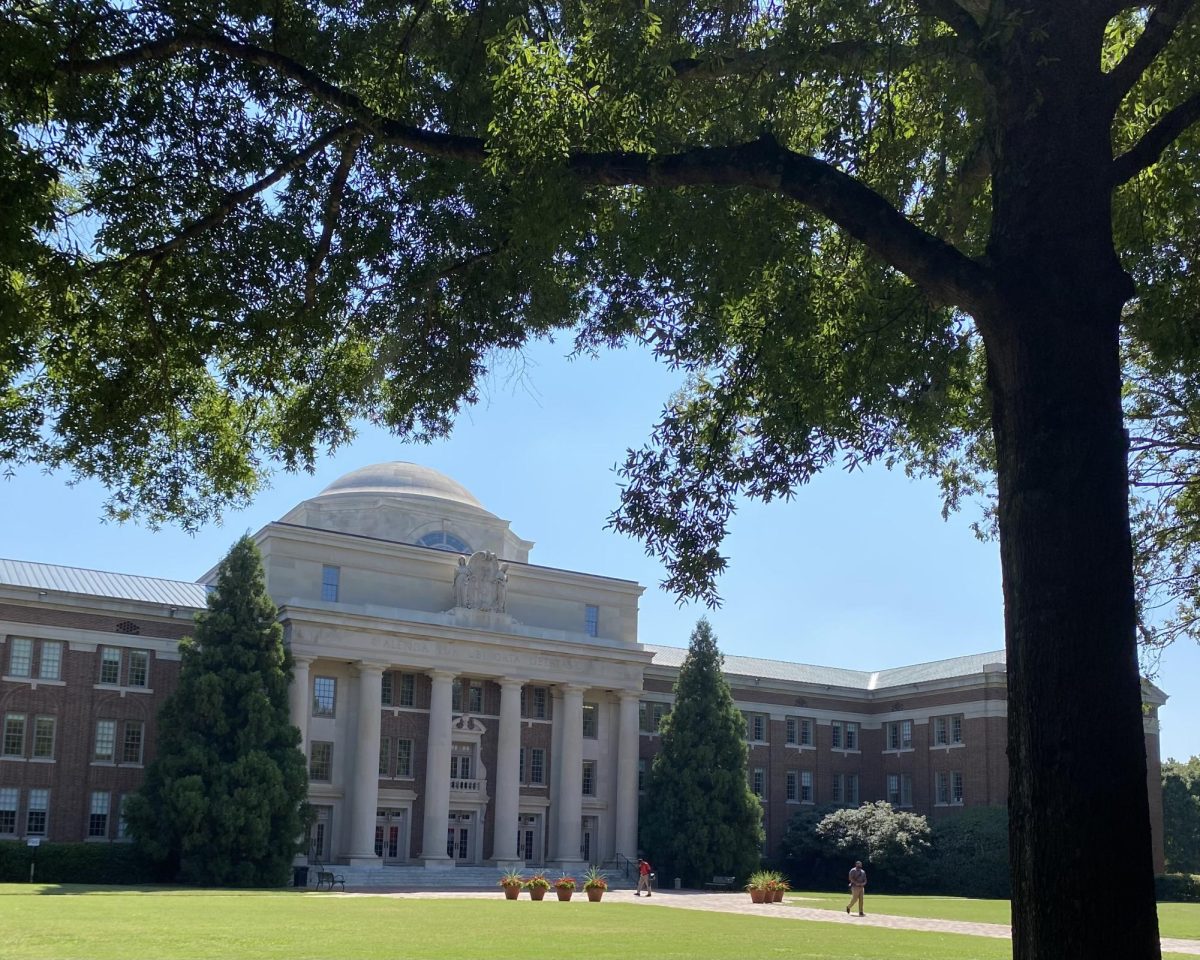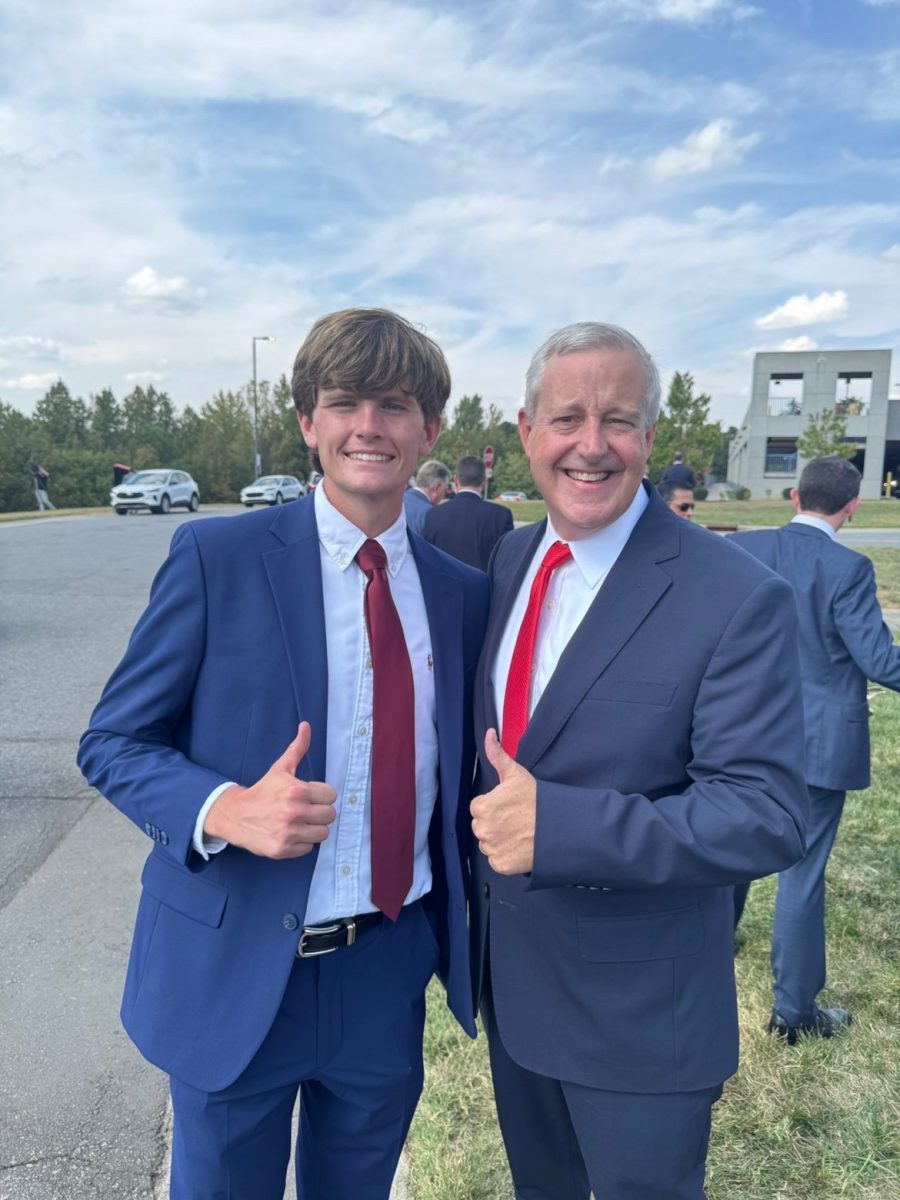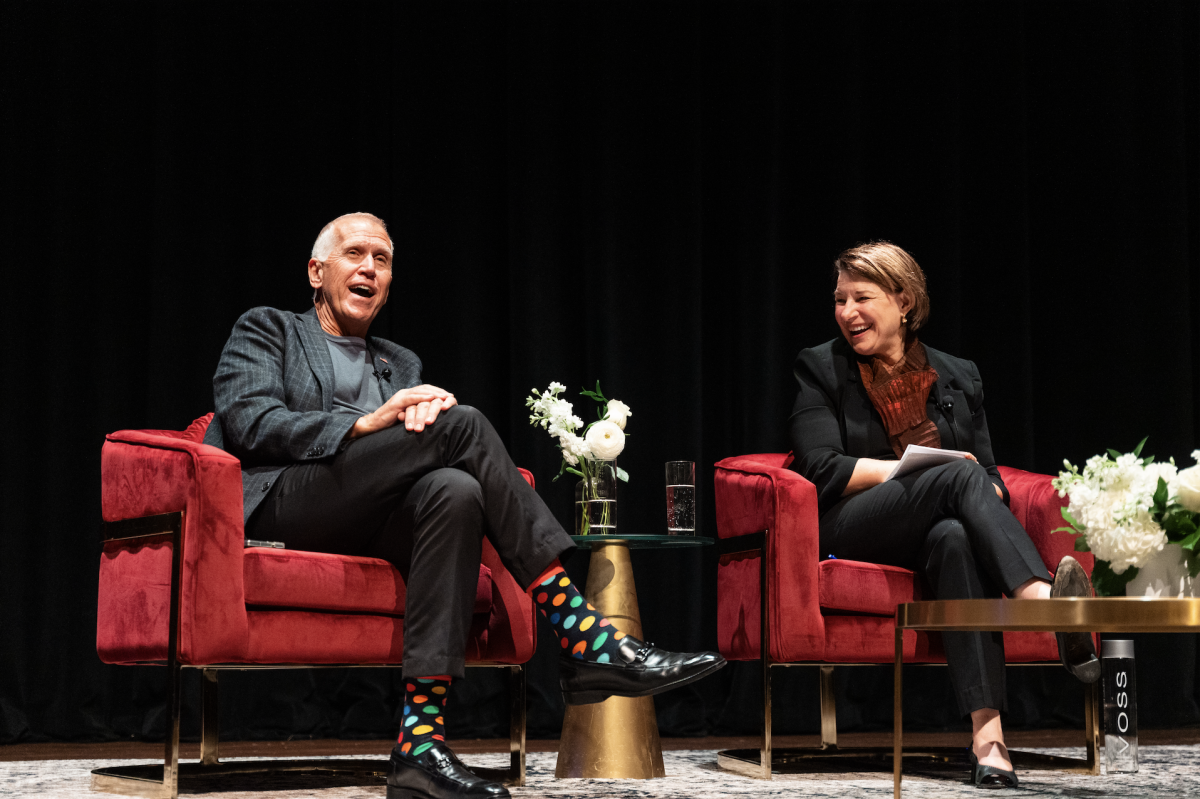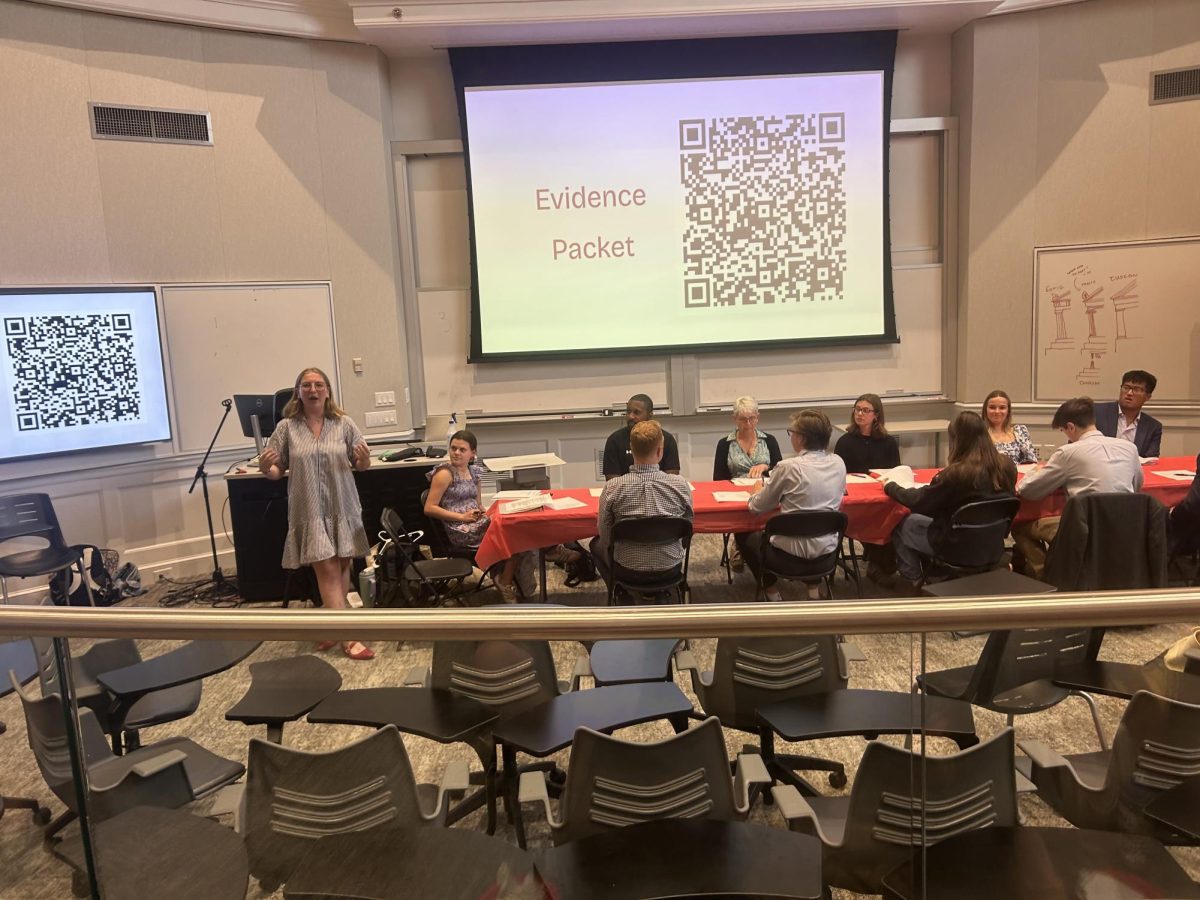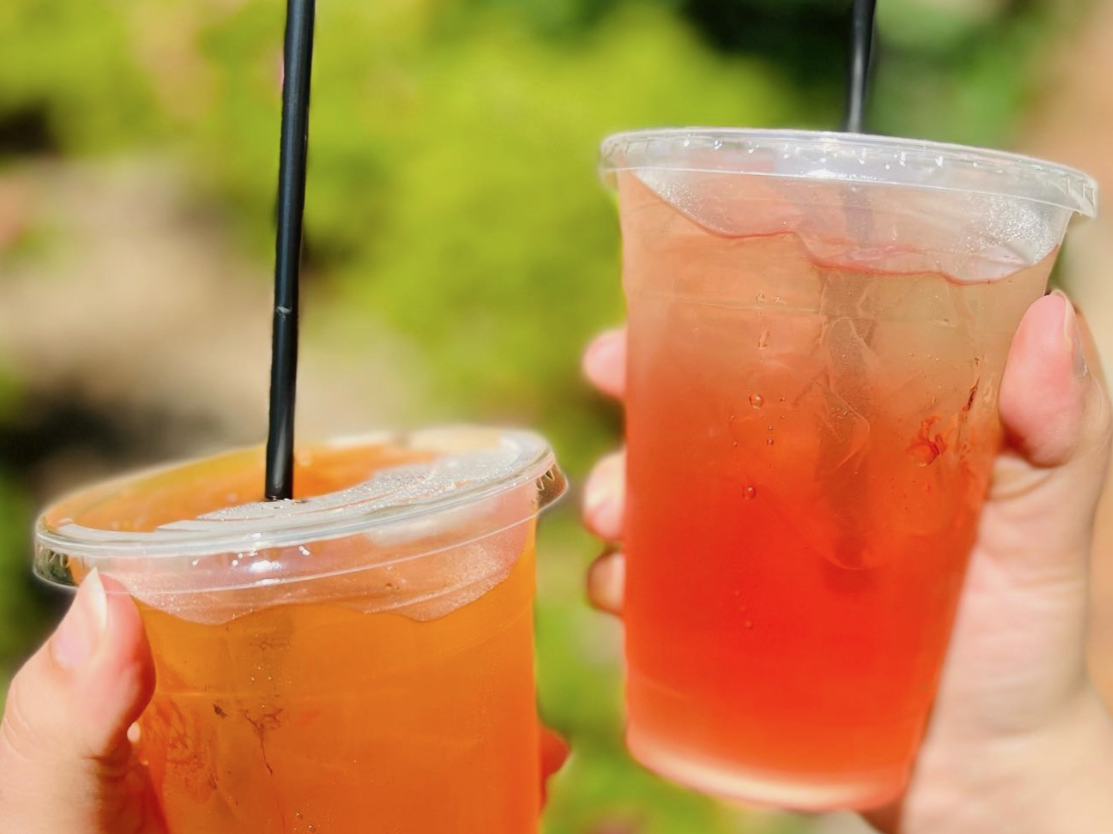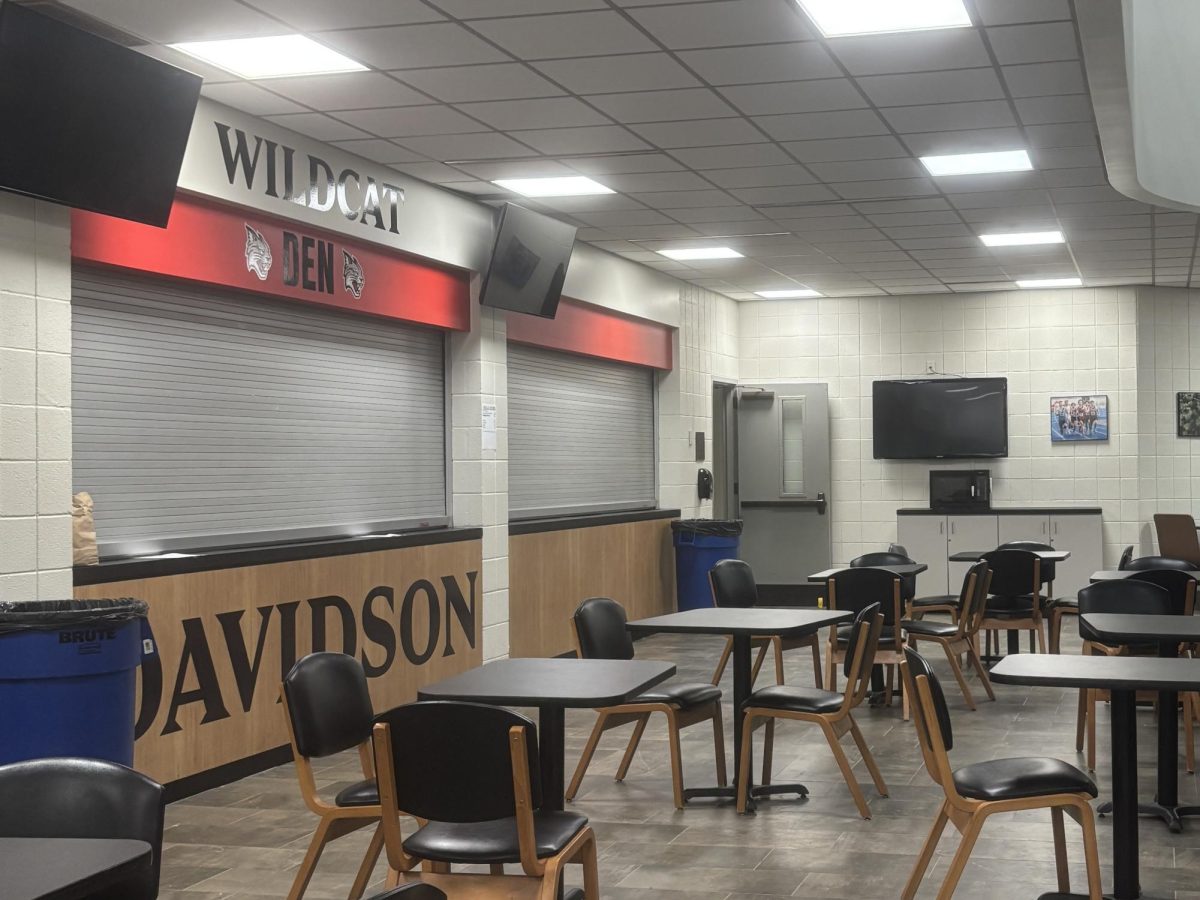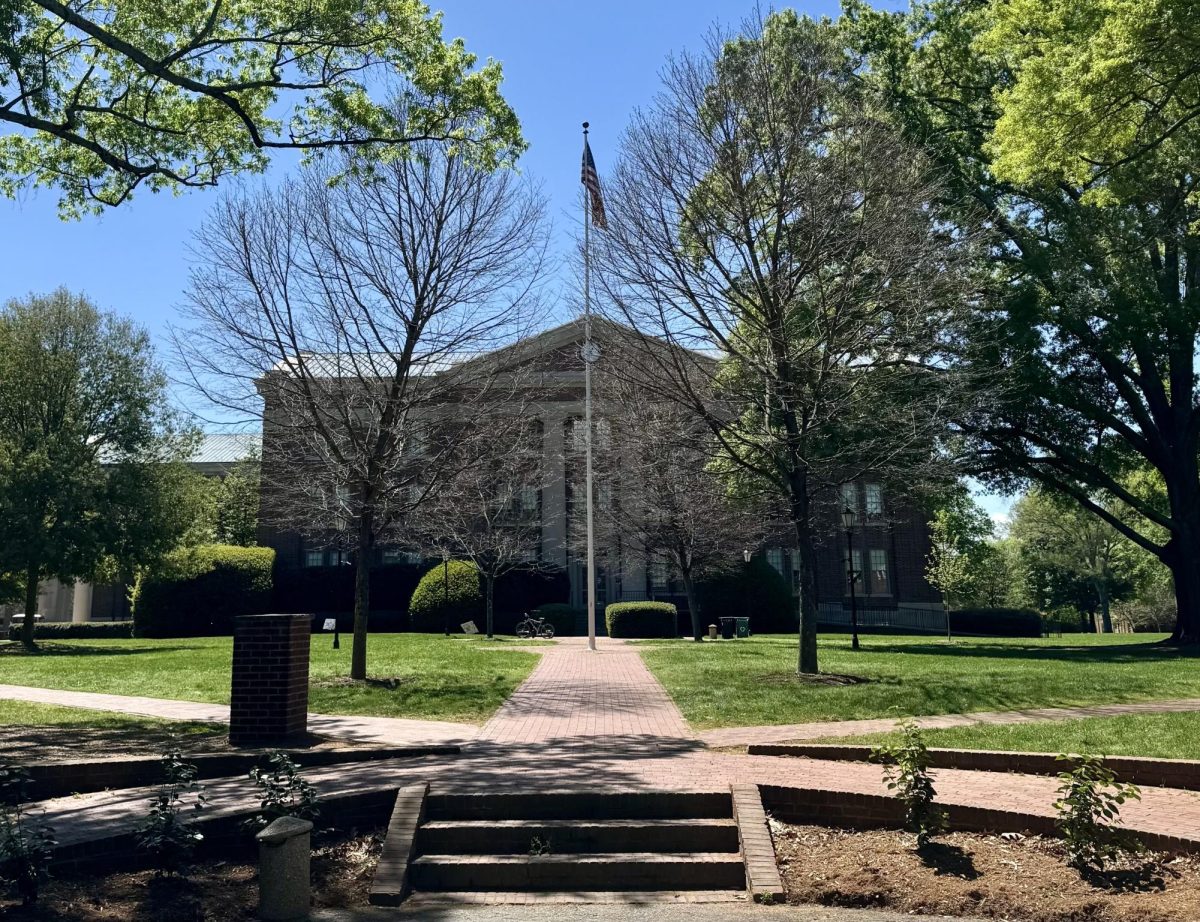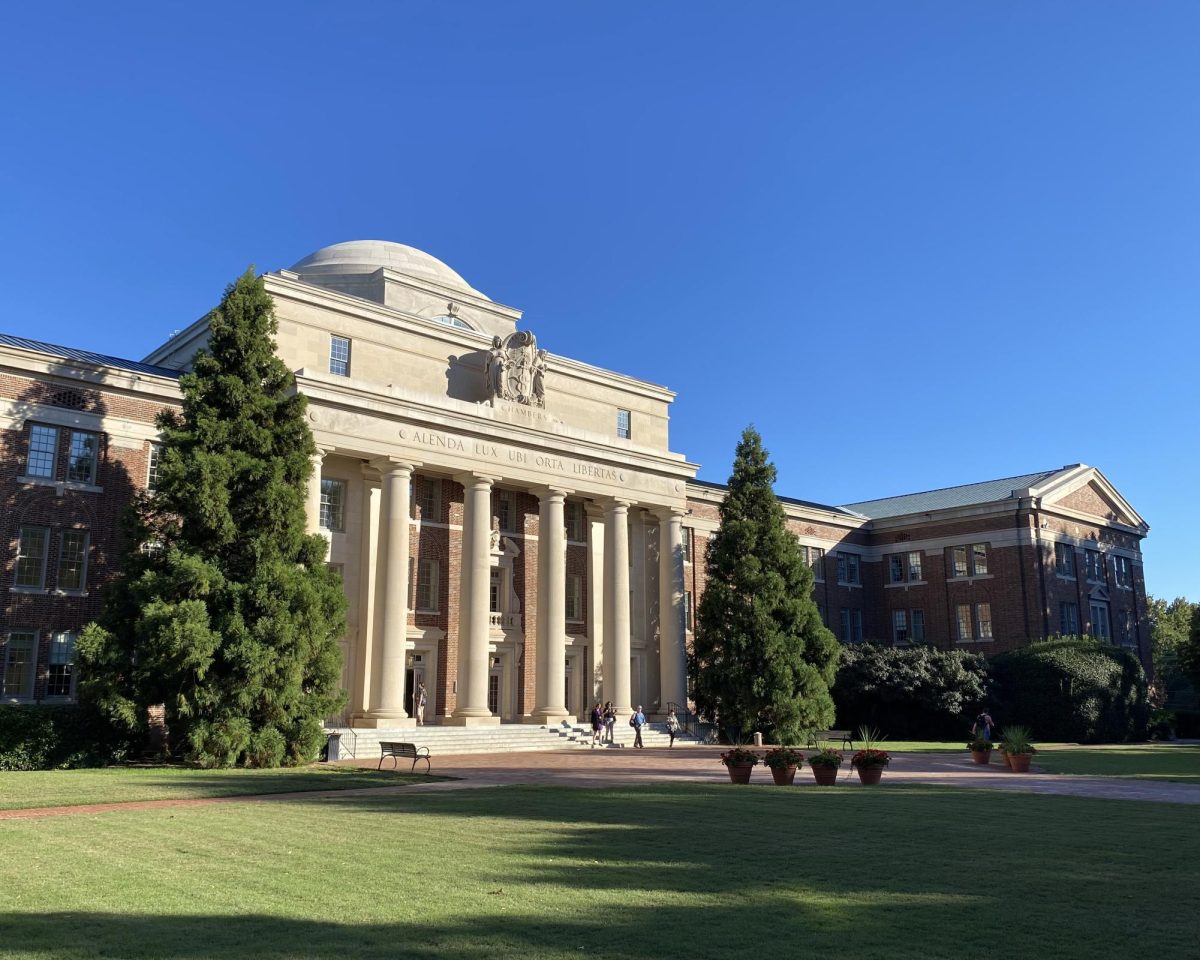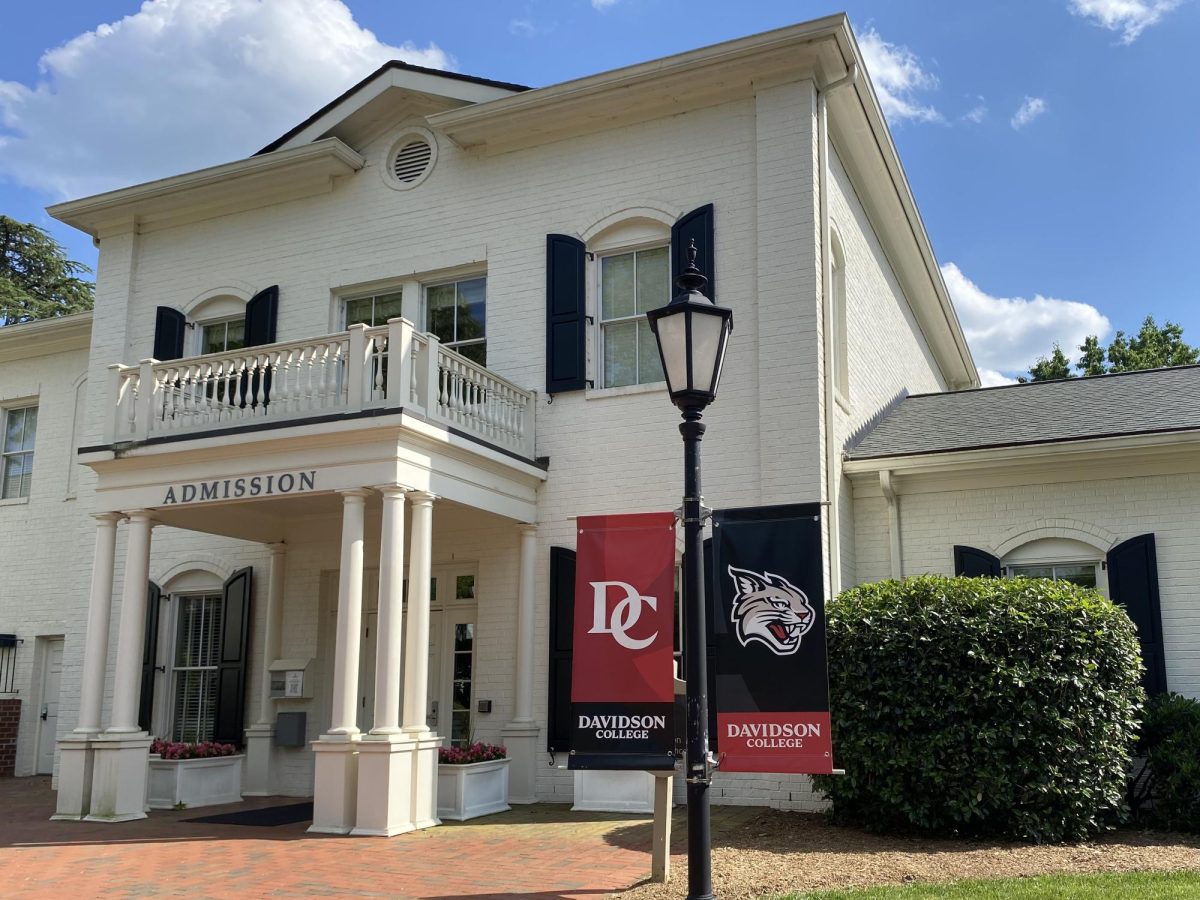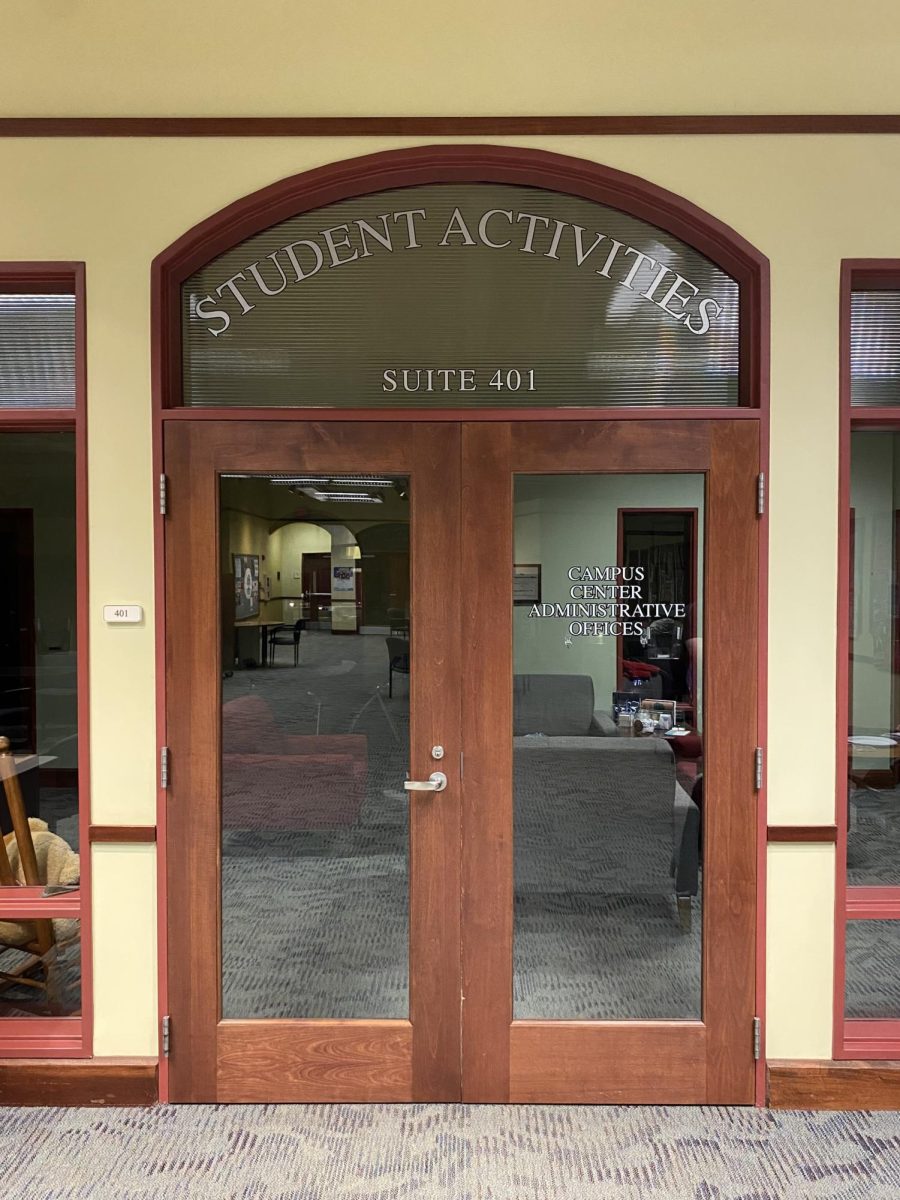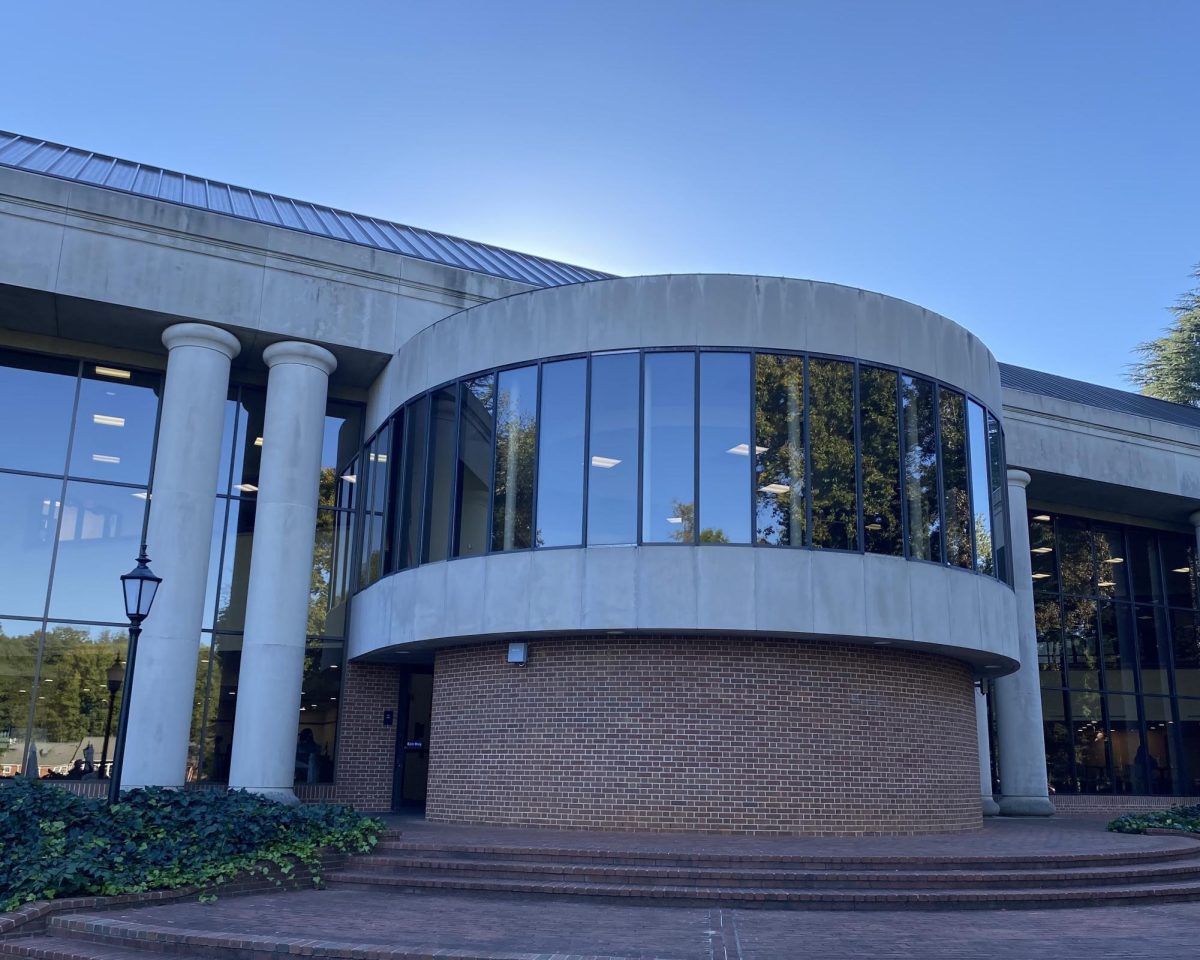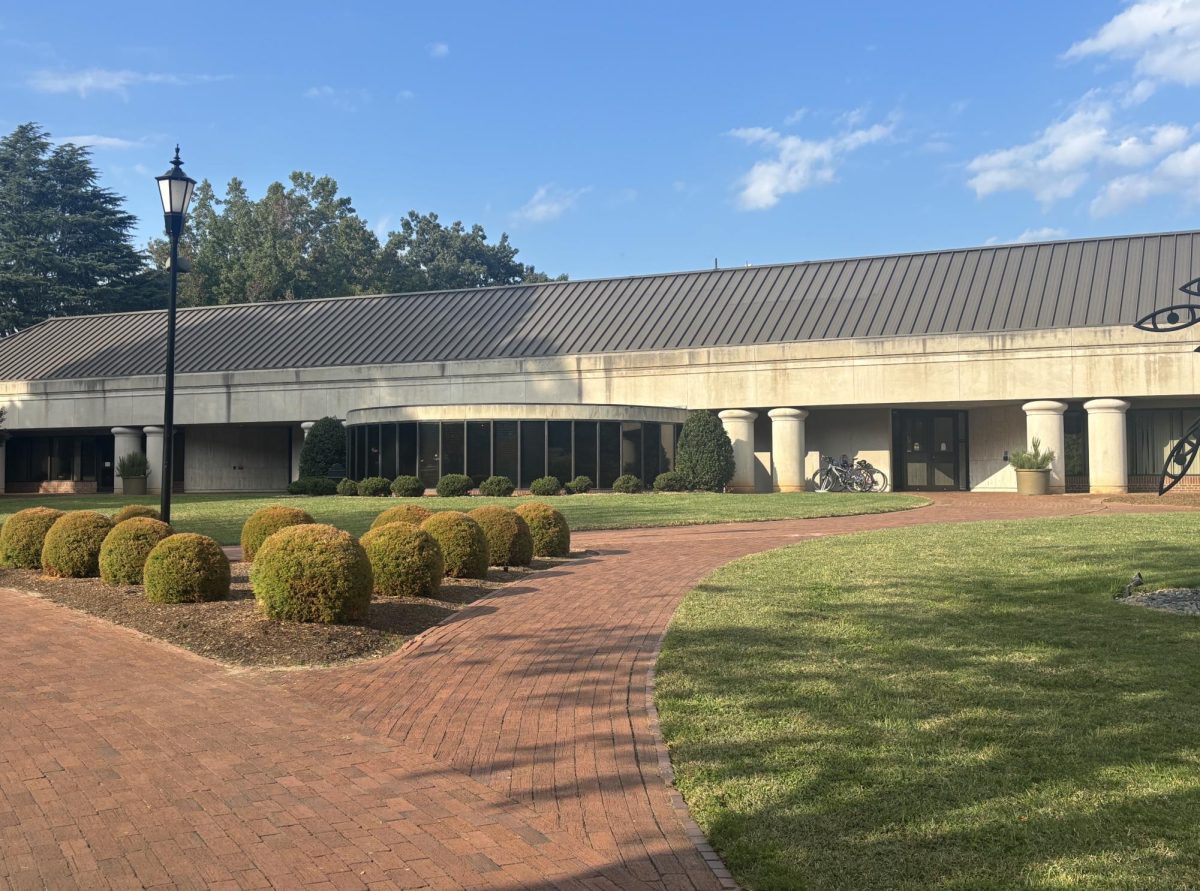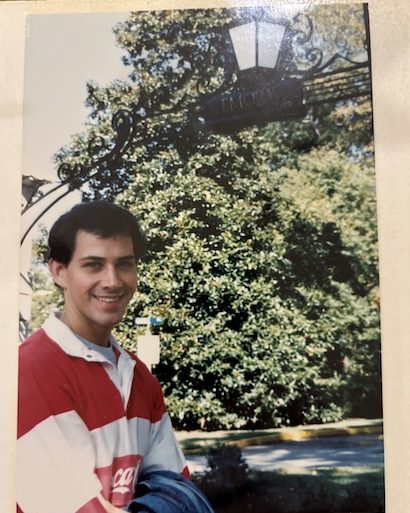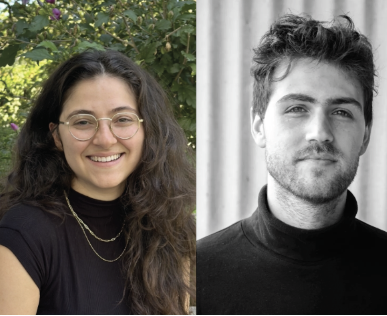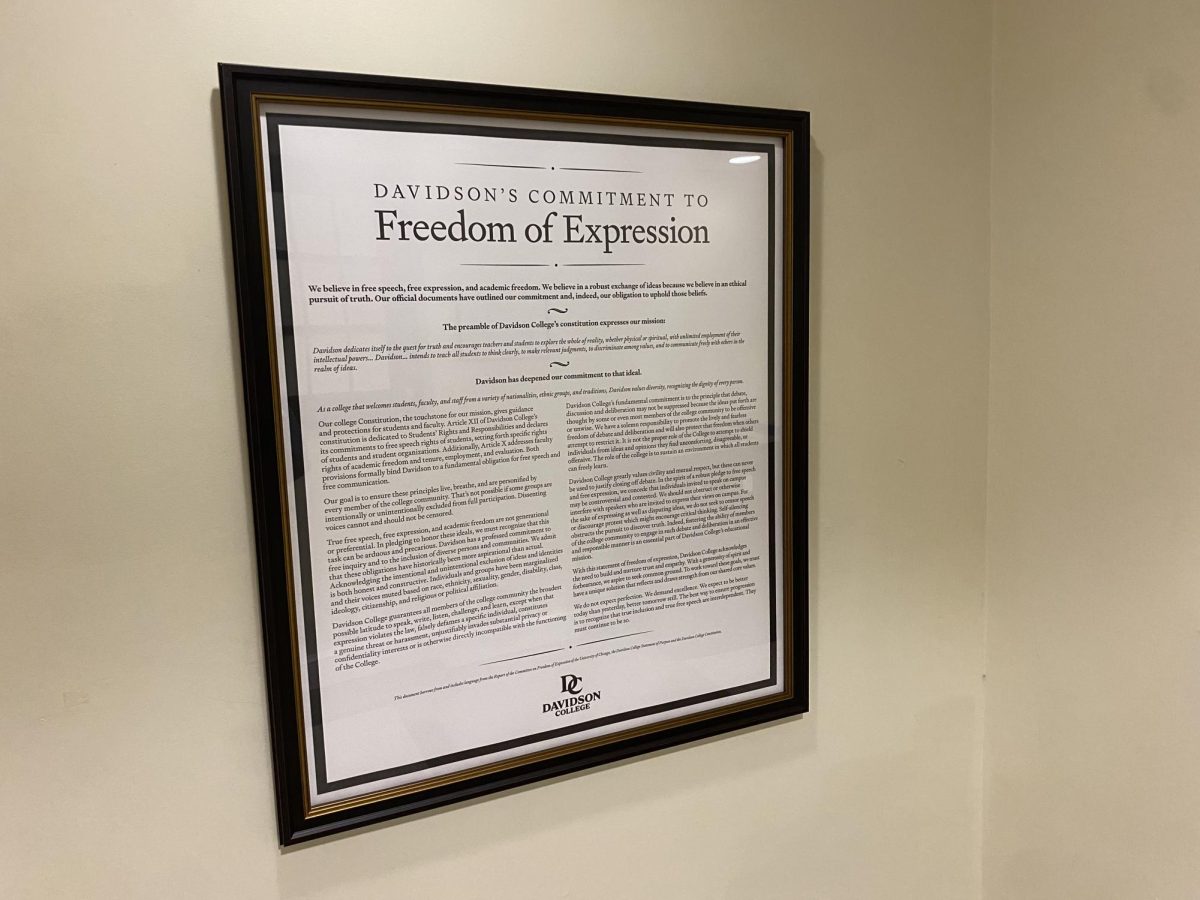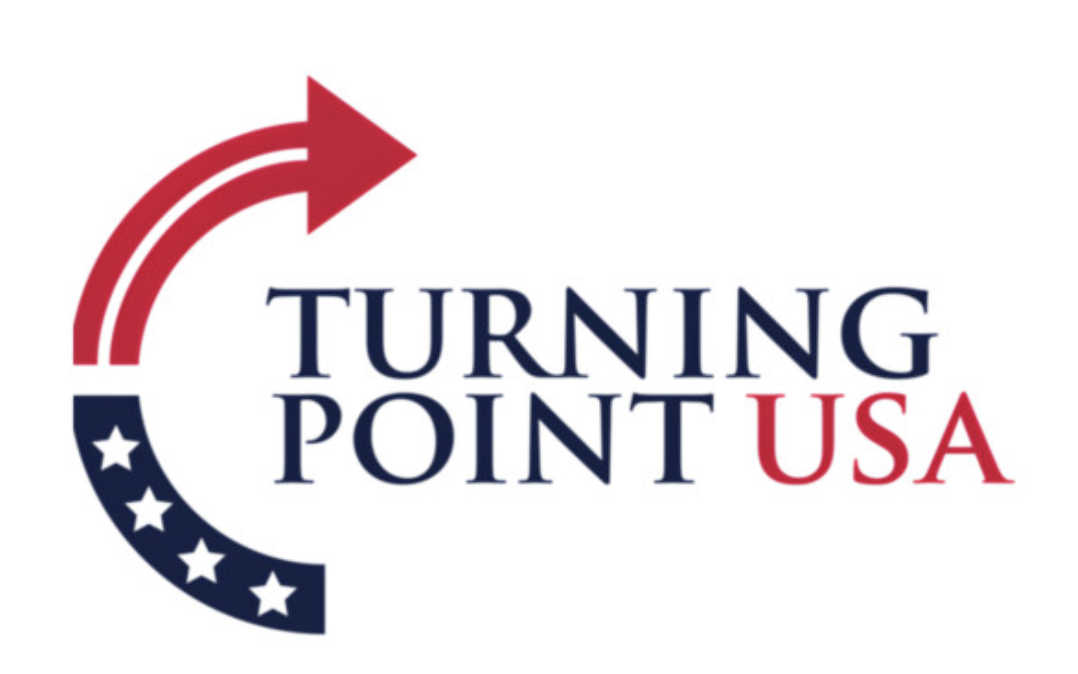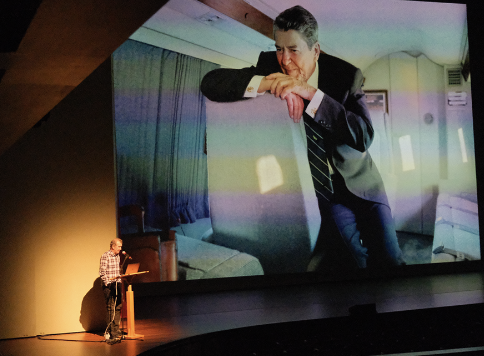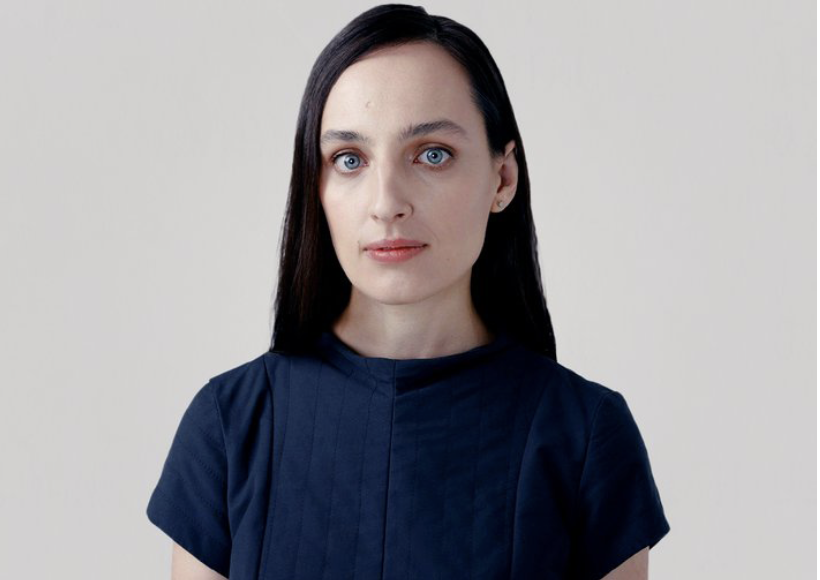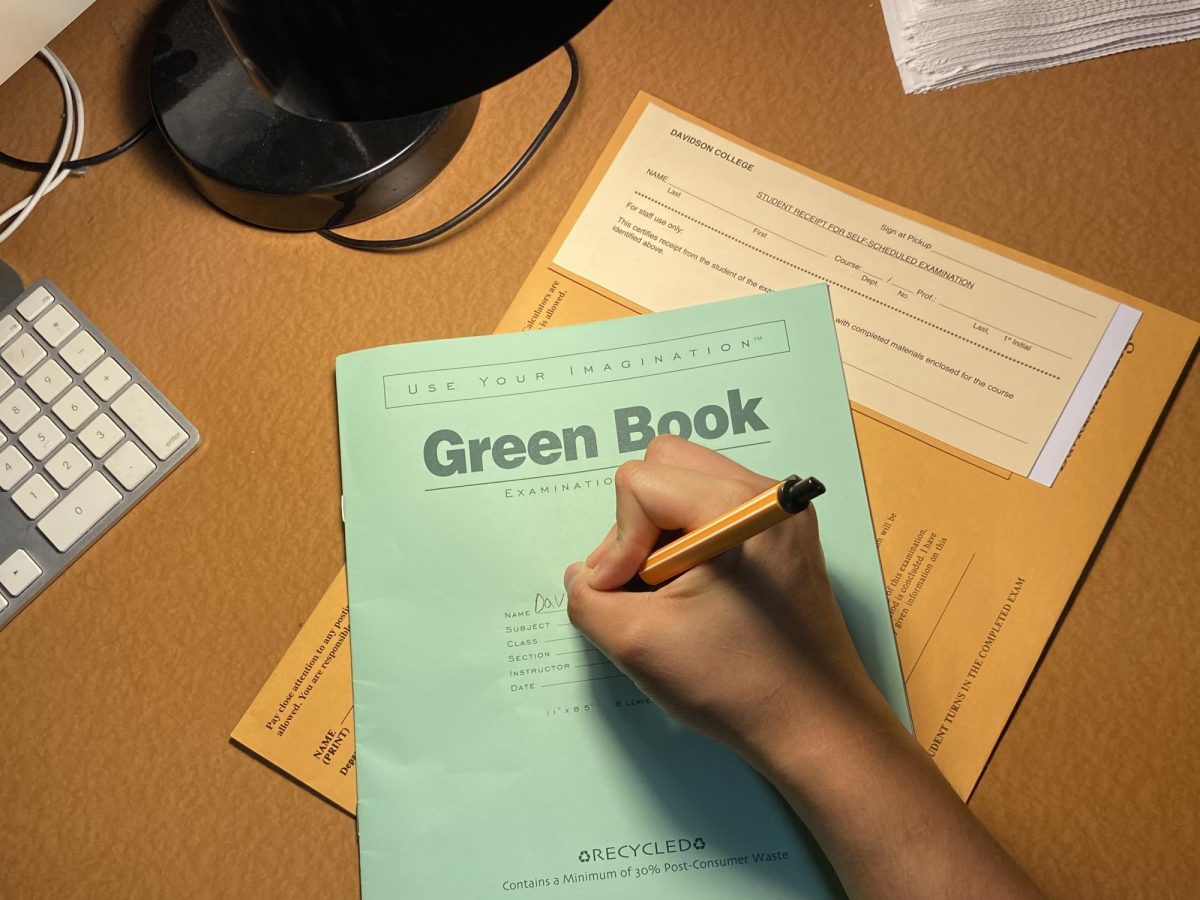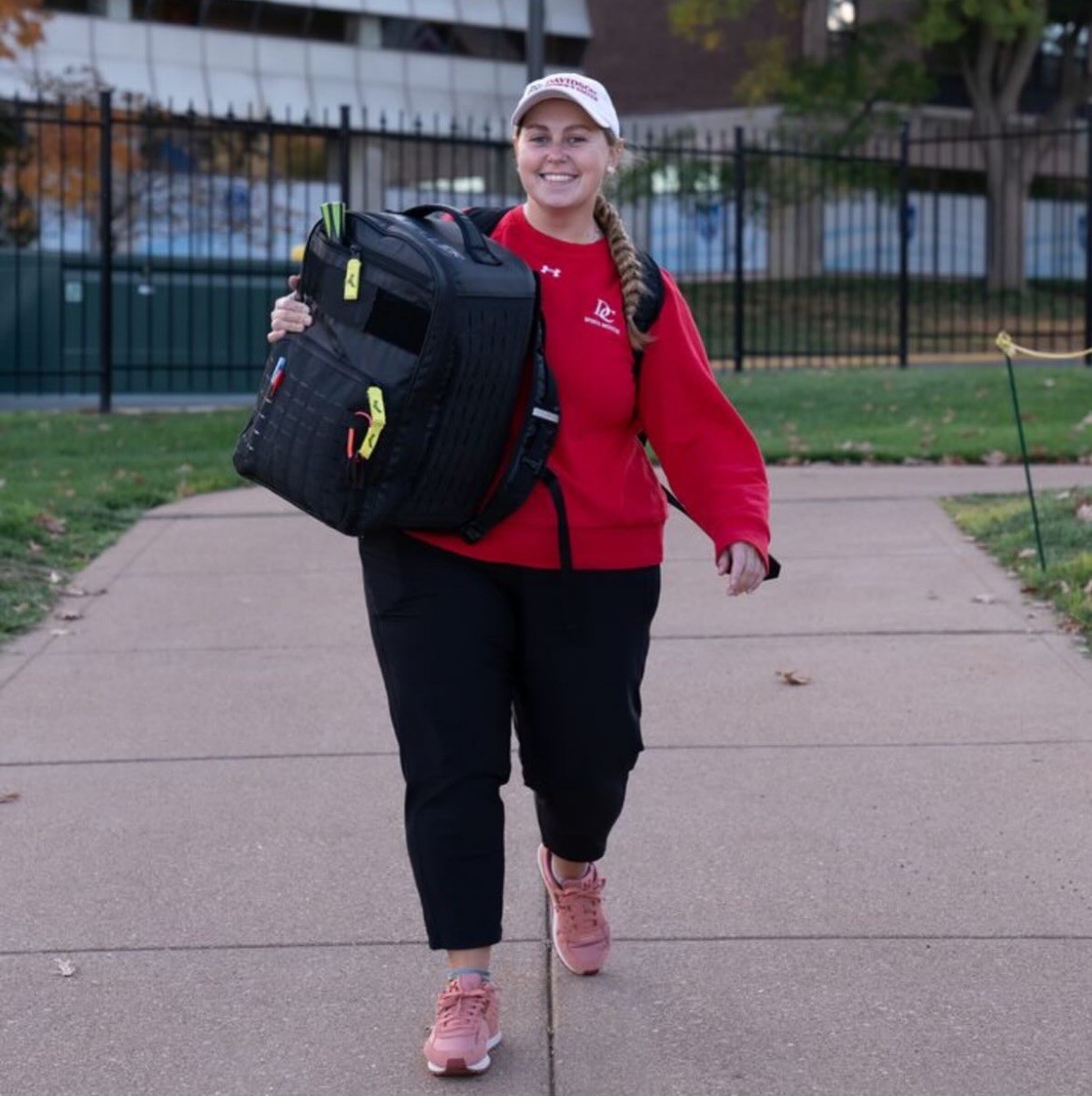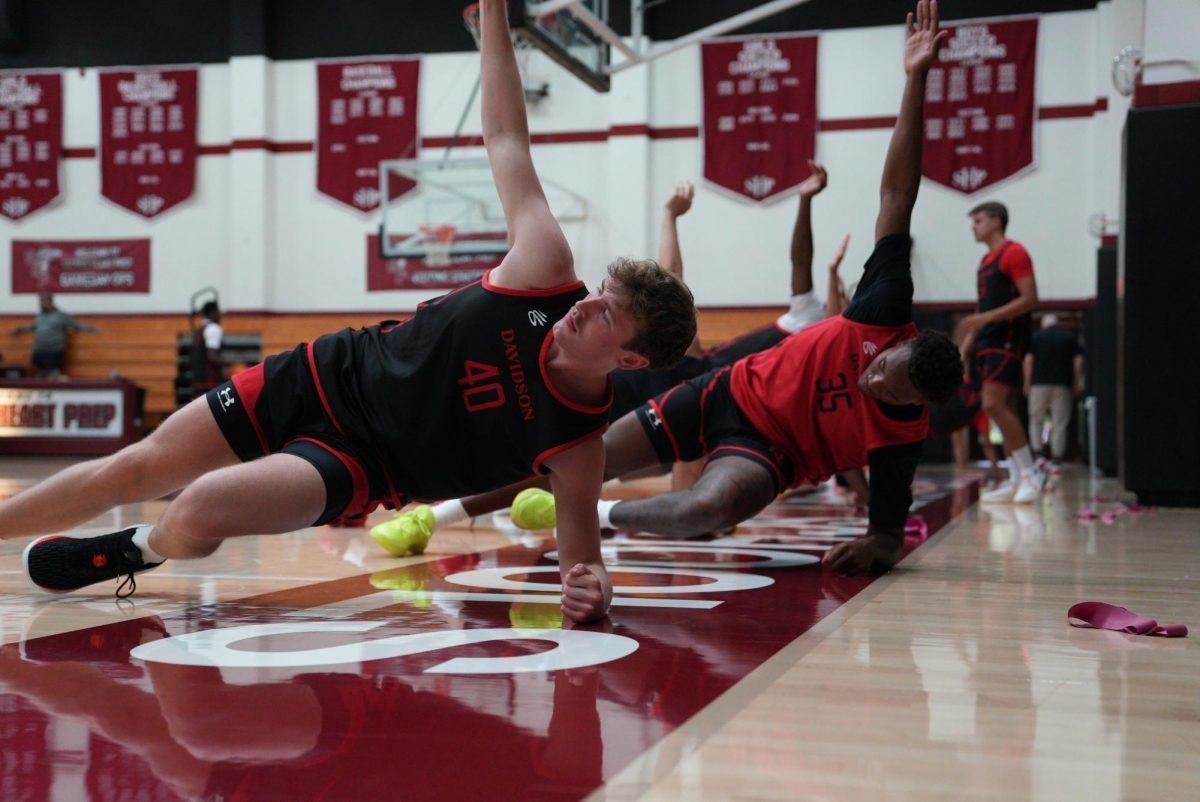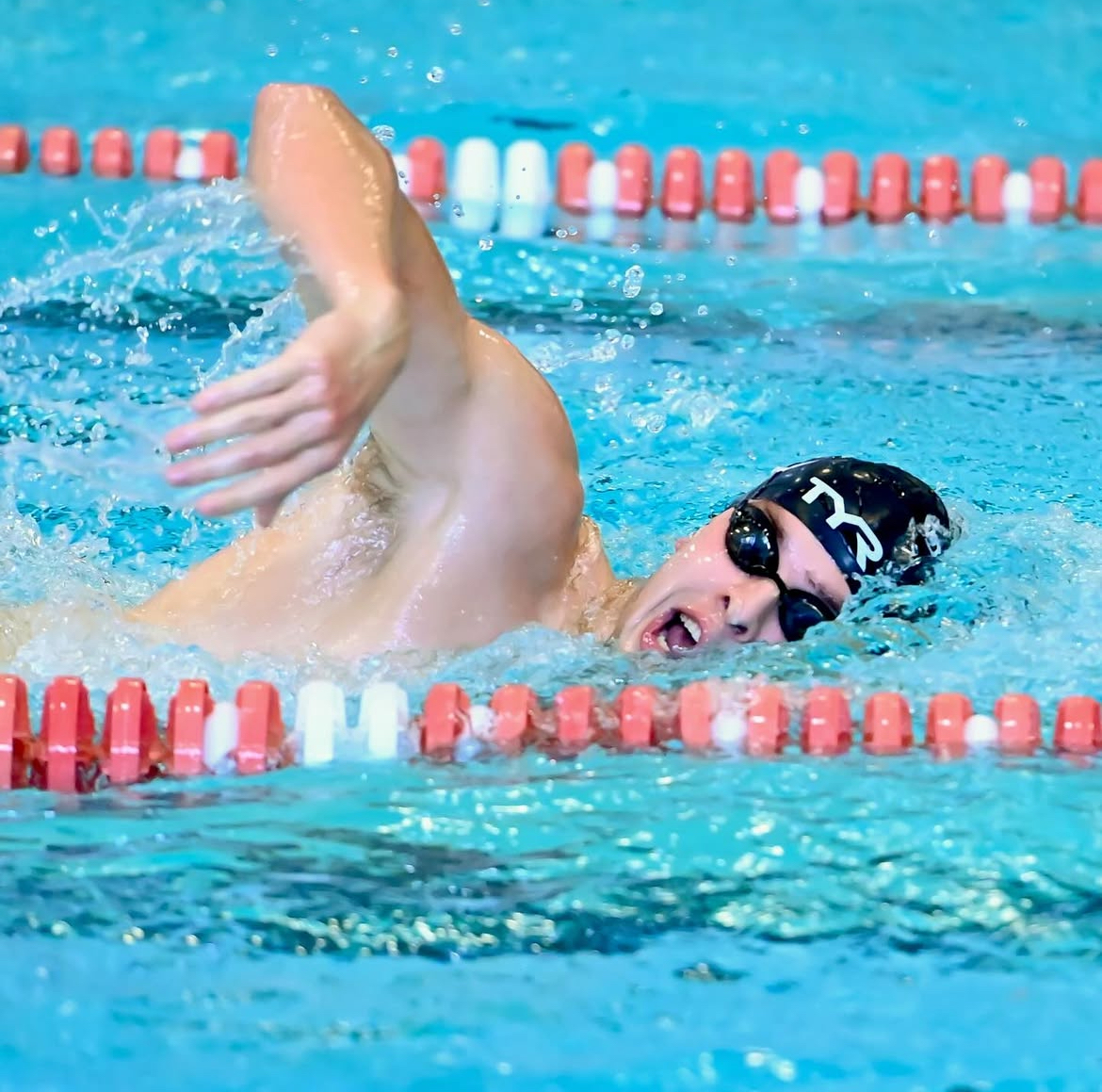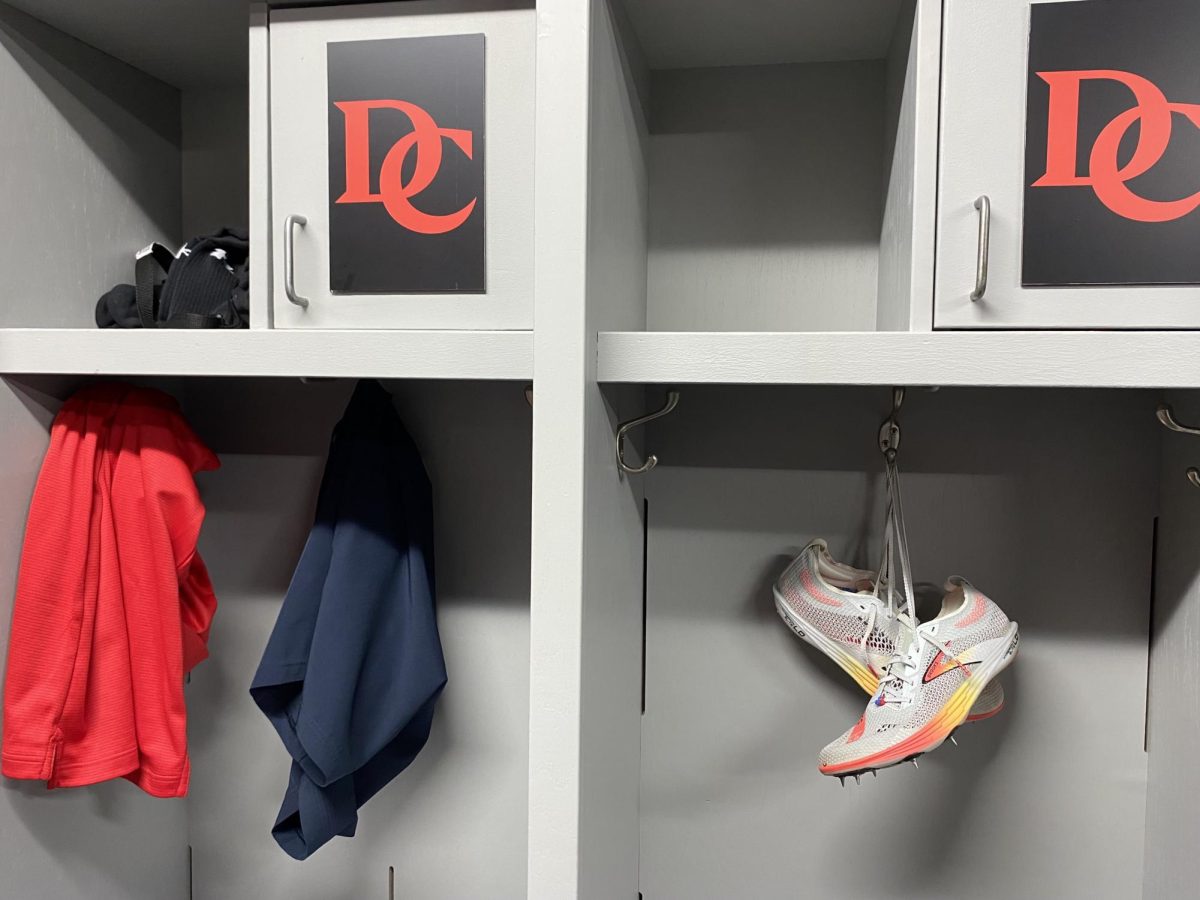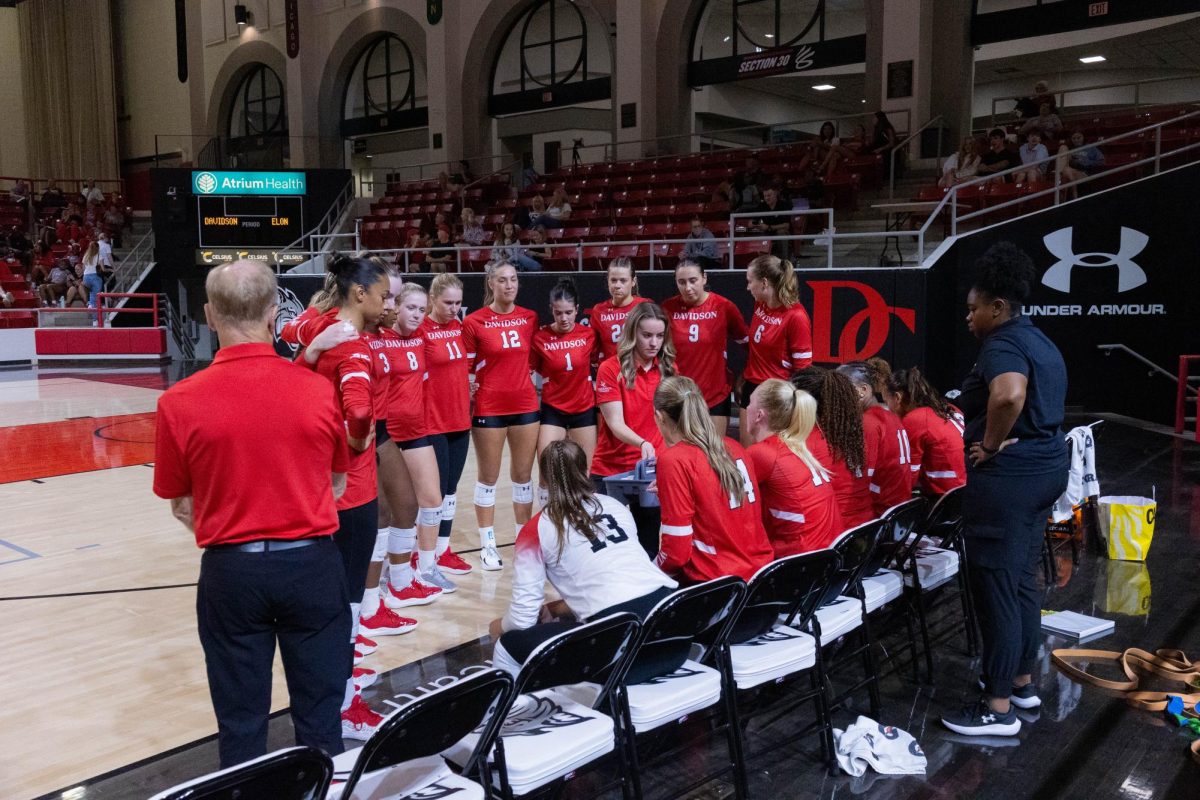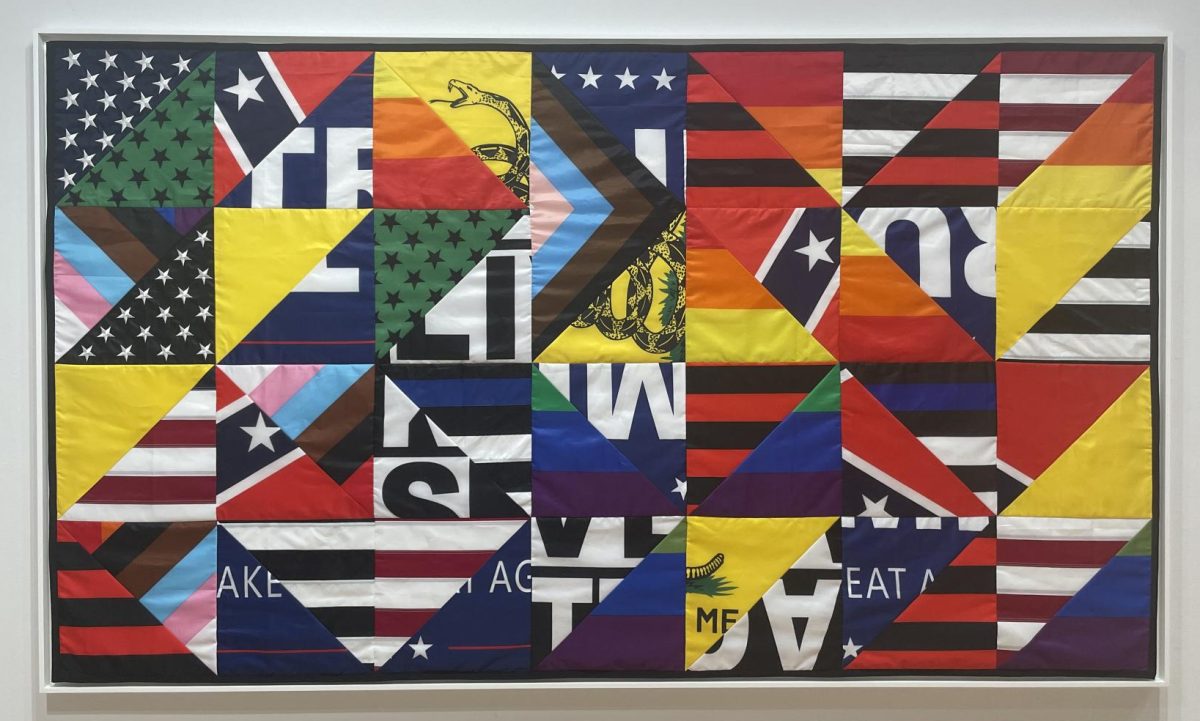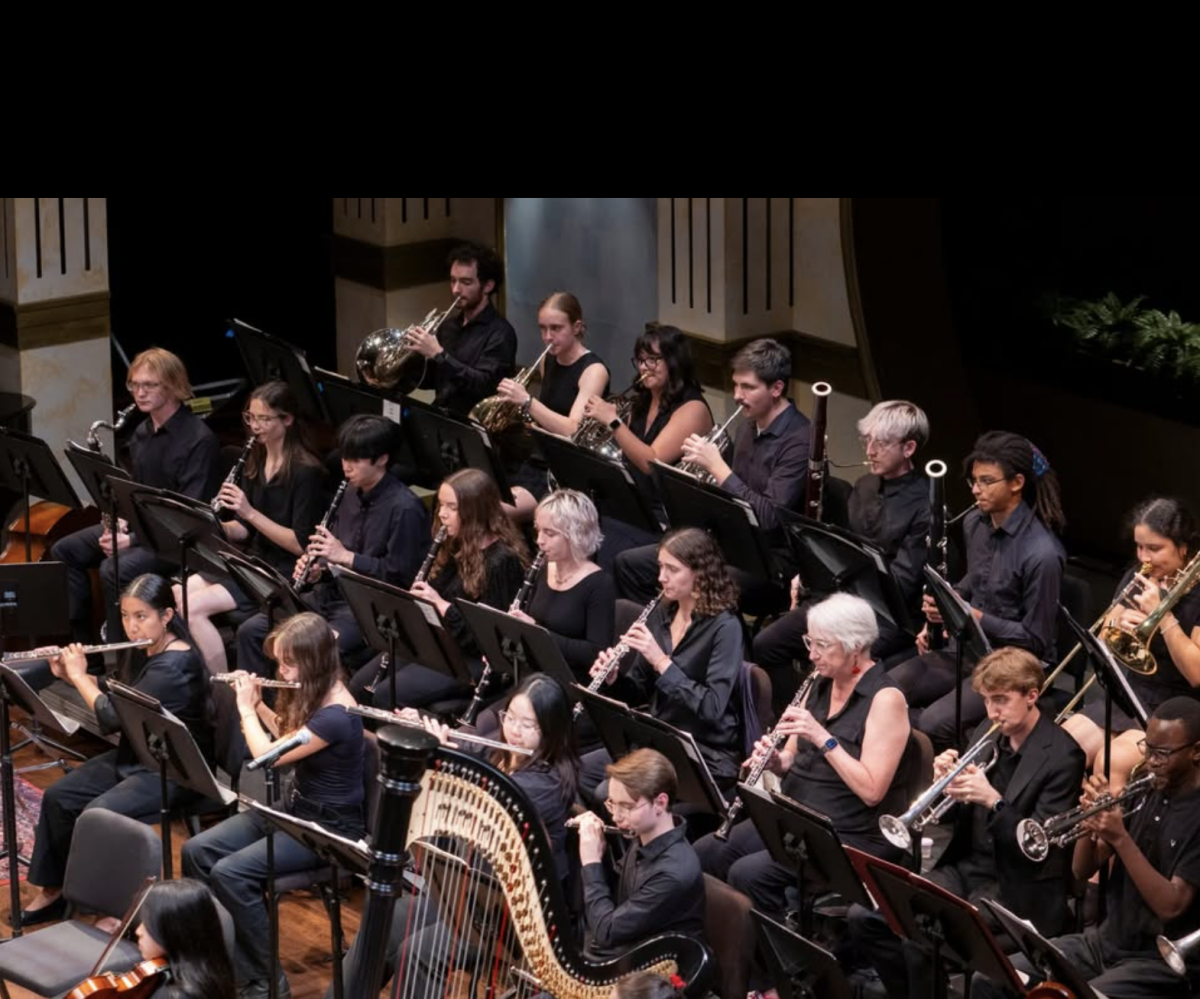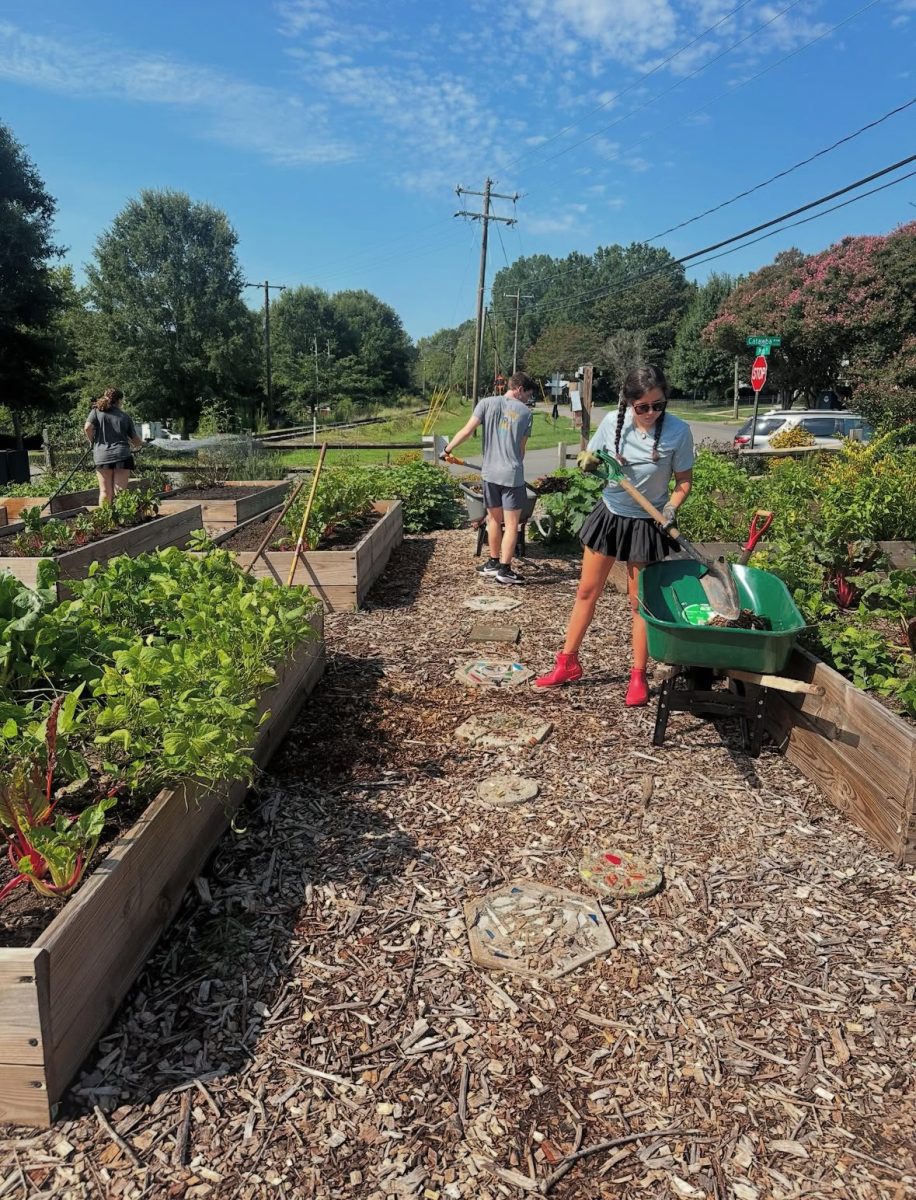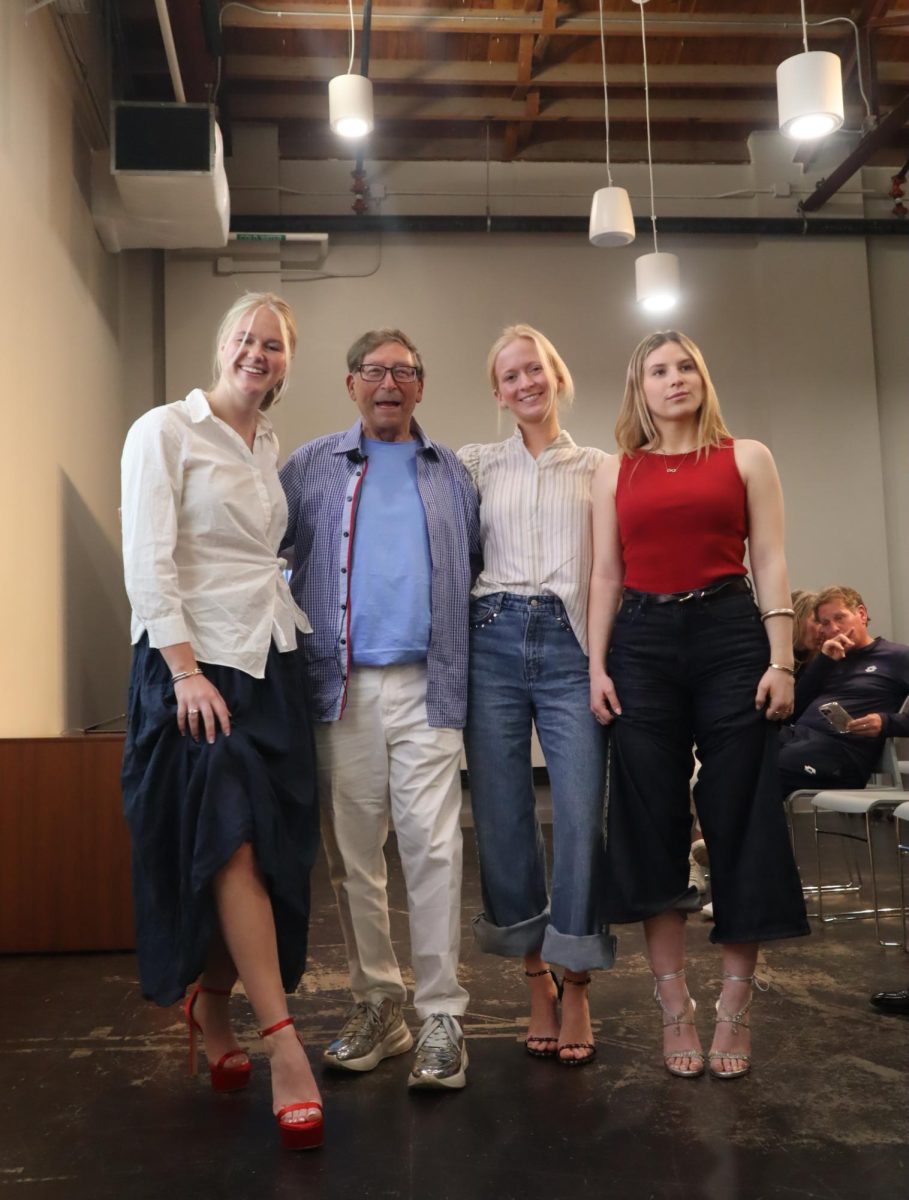Tennis player, collector, philanthropist. These might not be the first words that come to mind when one thinks of Stuart Weitzman, who since 1986 has built a shoe empire on the model of being “a little obsessed with shoes.” But his work is not the only piece of his life that defines him. On Feb. 25, Weitzman strolled into the Jay Hurt Hub for Innovation and Entrepreneurship (Hurt Hub) seemingly like any other person. He wore a blue plaid shirt and khakis. But one thing set him apart: his Stuart Weitzman silver, glossy pair of sneakers with a white three-inch sole.
In an interview with The Davidsonian and a conversation sponsored by the Matthews Center for Career Development and the Hurt Hub titled “A Designer’s Entrepreneurial Journey to the Road Less Traveled,” Weitzman reflected on the truisms of his career, relationships and the luck that got him to where he is today.
Born in Long Island, New York, Weitzman worked summers at his father’s shoe factory, Mr. Seymour Shoe Factory, in Massachusetts. Weitzman described how, business instincts aside, he was always struck by his father’s artistic abilities. “My father was very artistic. I mean, he could draw you right now in two minutes. That’s a good skill.”
Eventually, he made his way to the Wharton School of Business at the University of Pennsylvania (UPenn), where he found his calling. “One of the kids in my fraternity, his father had a shoe factory. He said, ‘You draw so nicely, you should draw some shoes for my dad. […] He brought me his catalog so I could see what type of product the man was making. […] And I drew 20 sketches, presented them, and he bought them,” Weitzman stated.
Weitzman narrated how high risk meant high reward. After college, Weitzman took a third of his capital to run a factory that produced one shoe at a time. Each shoe was given to different celebrities for free, which notably paid off when Aretha Franklin won an award at the 1983 American Music Awards and held up her Stuart Weitzman shoes, thanking him.
“Thirty million people on television saw that. That was a risk worth taking. Within six weeks there wasn’t a stylist in Hollywood who didn’t call us up.”
Weitzman was right—his company grew, soon featuring notable campaigns with Kate Moss and, much later, Taylor Swift and Beyonce.
Still, there were challenges along the way, such as expanding his company’s base. “The interviewers on the red carpet never asked about shoes. So we had to come up with a solution.”
One such solution involved making the most expensive shoe ever—a one-million-dollar diamond encrusted pump worn by Laura Harring at the 74th Annual Academy Awards.
Amidst his company’s exponential growth, Weitzman grew to appreciate the ever-changing nature of his industry. “It is a fun industry. You can’t be bored in it, right? It’s challenging because we’re being judged by thousands of consumers […] it changes every three, four months, six at the most. You’re always doing something new. It’s not doing the same thing,” Weitzman described.
Despite his countless designs, Weitzman has certain ones he’s particularly proud of. “I do have favorites, but they’re favorites for different reasons,” Weitzman said. “I created a shoe, a boot, that added a whole new style to the shoe industry that has been here for hundreds of years […] and that was my thigh-high boot […] That’s a favorite because it started a whole new industry.”
In addition to the thigh-high boot, Weitzman broke into the bridal industry. “Maybe the most special [design] is the shoe I won my first design award for, which was a bridal shoe. At weddings […] many years ago, gowns almost went to the floor, and they covered the shoe. […] I said, ‘If someone made a gorgeous bridal shoe, maybe women would buy it.’” With this idea in mind, Weitzman made a bridal shoe that deserved to be shown off with the rest of the outfit, becoming renowned in the bridal industry.
For a man who seemingly has it all, Weitzman emphasized the importance of philanthropy in his discussion. In 2017, he partnered with Gigi Hadid to create the shoeline EYELOVE. Profits made from this line went to Pencils of Promise to create schools in Ghana, Guatemala and Laos.
Another philanthropic campaign came about from a hobby of his. Weitzman described himself as someone who likes to collect “one of a kind items, unique items.” But when he acquired rare stamps—the 1918 USA Inverted Jenny, the 1933 Doble Eagle Coin and the 1856 British Guiana—he sold them and donated these profits to charity.
“My kids said to me, ‘Daddy, what are you going to do with these stamps? We don’t want them. We don’t know what to do with them. They’re your passion.’ […] So I decided they’re right. I put them up for auction and I built a museum with the money [today this Philadelphia museum is called “The Weitzman” in his honor].”
In a Cinderella-esque move during the presentation, audience members with the right size foot were selected to pose in the front of the room in some of Weitzman’s original designs.
Crosby Boe ‘25 was one of three students to walk the Weitzman runway. She did it in eight-inch heels designed for Cara Delevingne. “I’ve been super inspired by the creative world and to see it transform in a version that we see everyday, but don’t necessarily recognize as one of the peak creative avenues, was really inspiring and definitely had an impact on what I’m looking for in my future and how I want to pursue the creative aspects of my life,” Boe said after the event.
Annalee Stuardi-Drumm ‘27, who did not walk but attended the dinner after the talk, learned a lot from Weitzman. “The biggest takeaway is that half the battle in any field is who you know and building out those relationships. [As Weitzman said,] it’s important to have giants in your life whose shoulders you can stand on.”
In the past year, Weitzman has shared his experiences with 30 different colleges and universities. Before coming to speak at the Hurt Hub, he played tennis at River Run and strolled around the streets of Davidson, getting a sense of the people who make this place unique. As he concluded his talk on Tuesday night, Weitzman reminded the community of the importance of kinship. “A lot of what I’ve done in our company has to do with the way we live our lives. You’ve got to think that way in business too,” Weitzman said. “I like students here at Davidson because you are smart and driven. You will not have any more fun than doing something that [involves] your community.”

